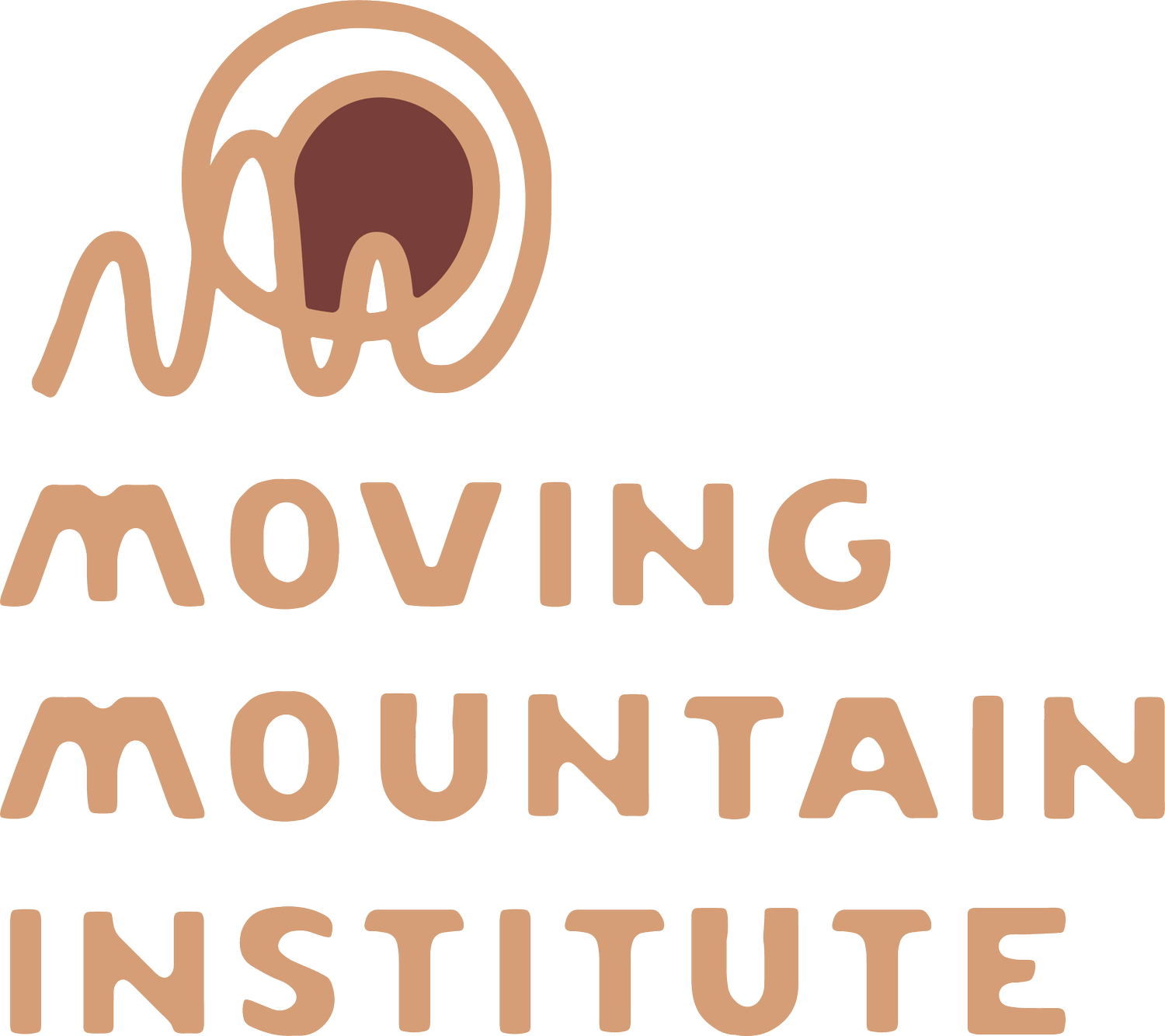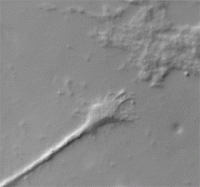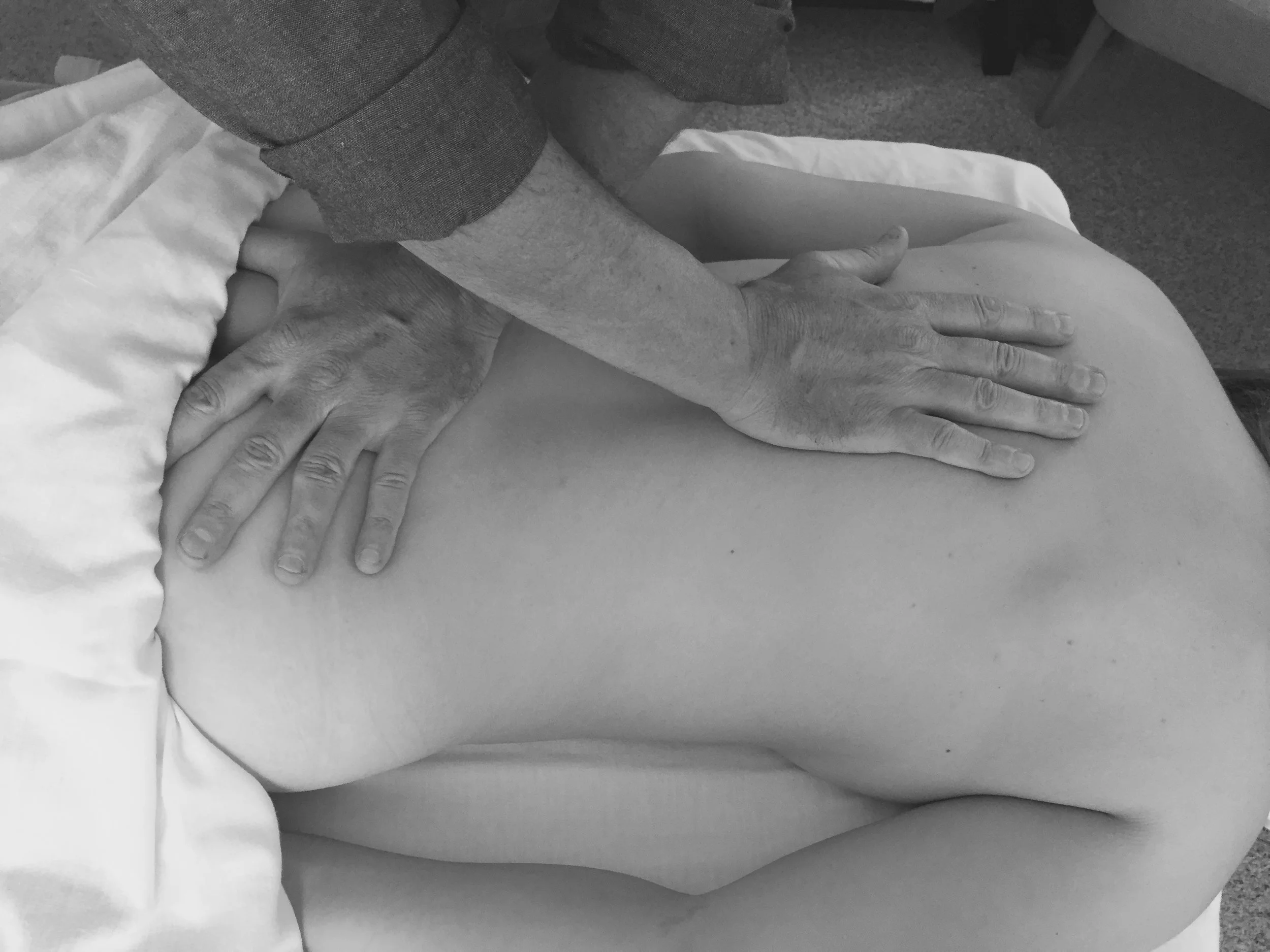Thoughts on Myofascia + Movement
/I'm putting the finishing touches on the Active Isolated Stretching manual for our workshop this weekend. We will be teaching techniques that involve a unique combination of movement and touch to access the spine and pelvis in ways that are otherwise difficult to reach. Dynamic movement within the context of our myofascial principles is powerful and yet still respectful of the tissue.
While I was working, I revisited the writing and insights of Aaron Mattes, founder of this approach and technique. I wandered through his introduction and came across some gems to share:
Read More





















